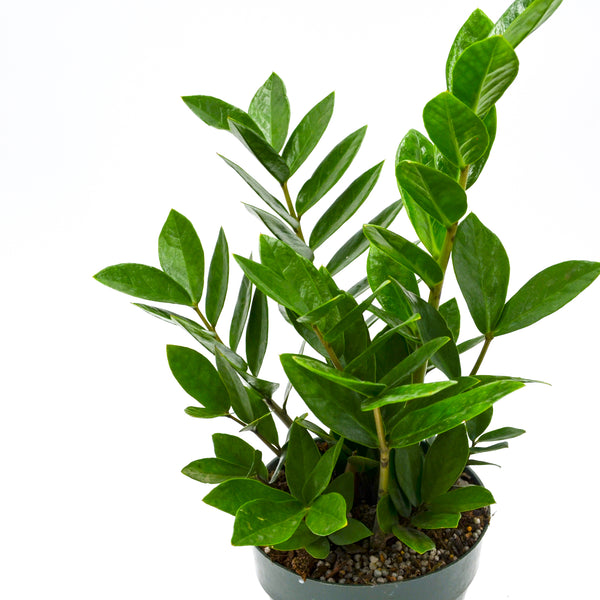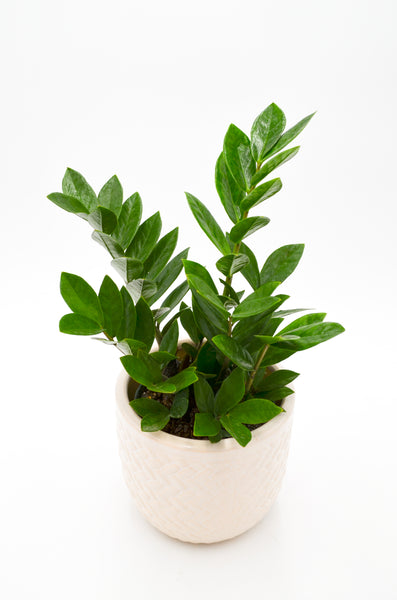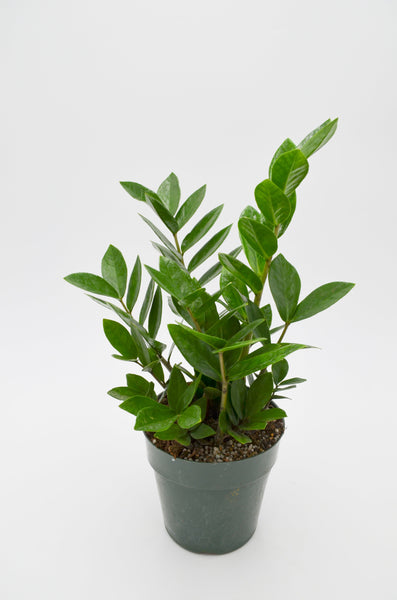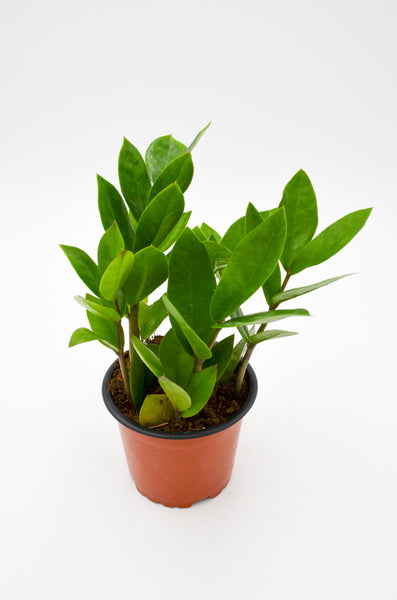ZZ Plant Zamioculcas Zamiifolia
The ZZ Plant, scientifically known as Zamioculcas zamiifolia, is a popular and attractive houseplant native to Eastern Africa. It is highly valued for its glossy, deep green foliage, low maintenance requirements, and ability to thrive in a variety of indoor environments. The ZZ Plant is also known for its exceptional air-purifying qualities, making it a great addition to homes and offices alike.
To provide optimal care for your ZZ Plant, follow these guidelines:
-
Light: ZZ Plants can adapt to a wide range of light conditions, from low to bright indirect light. However, they thrive best in bright, indirect light. Avoid placing your plant in direct sunlight, as this can scorch its leaves.
-
Water: ZZ Plants are drought-tolerant and should be watered sparingly. Allow the soil to dry out completely between waterings to prevent overwatering and root rot. Approximately once every 2-3 weeks should suffice, but adjust the frequency depending on the season and environment.
-
Soil: Use a well-draining potting mix that contains a blend of peat, perlite, and coarse sand. This will allow excess water to drain away from the roots and help prevent rot.
-
Humidity: ZZ Plants can tolerate average household humidity levels but will appreciate higher humidity if possible. You can increase humidity by placing a tray filled with water and pebbles beneath the plant or by using a humidifier.
-
Fertilizer: Fertilize your ZZ Plant sparingly, using a balanced liquid houseplant fertilizer diluted to half strength. Fertilize every 4-6 weeks during the growing season (spring and summer) and avoid fertilizing in the winter months.
-
Temperature: ZZ Plants thrive in temperatures ranging from 65-75°F (18-24°C). Keep your plant away from cold drafts and extreme temperature fluctuations.
-
Pruning: Prune your ZZ Plant occasionally to maintain its shape and remove any yellowing or damaged leaves. Use clean, sharp pruning shears to prevent the spread of disease.
-
Repotting: ZZ Plants are slow-growing and typically need repotting only every 2-3 years. Choose a pot that is 1-2 inches larger in diameter than the current pot and ensure it has drainage holes.








